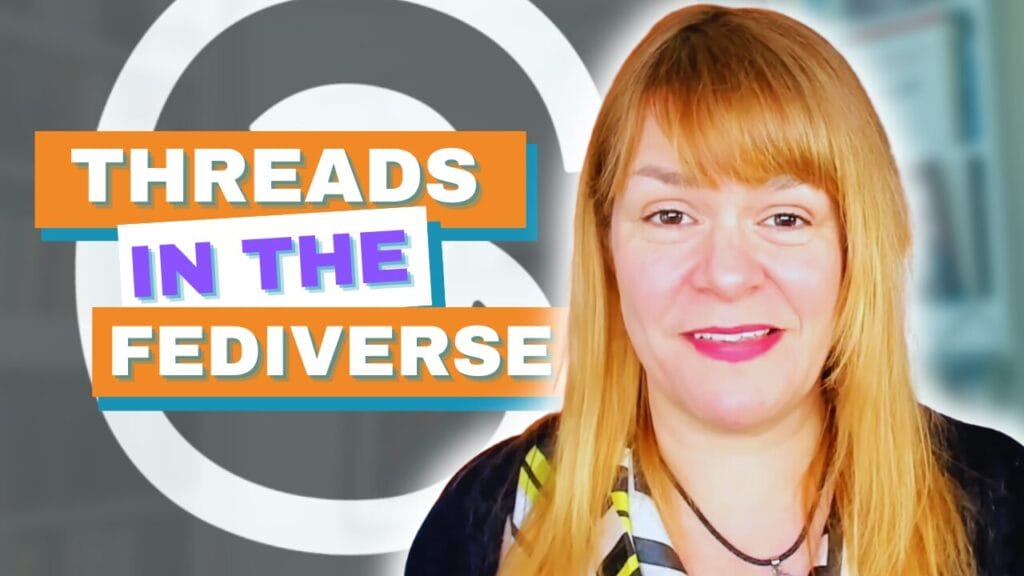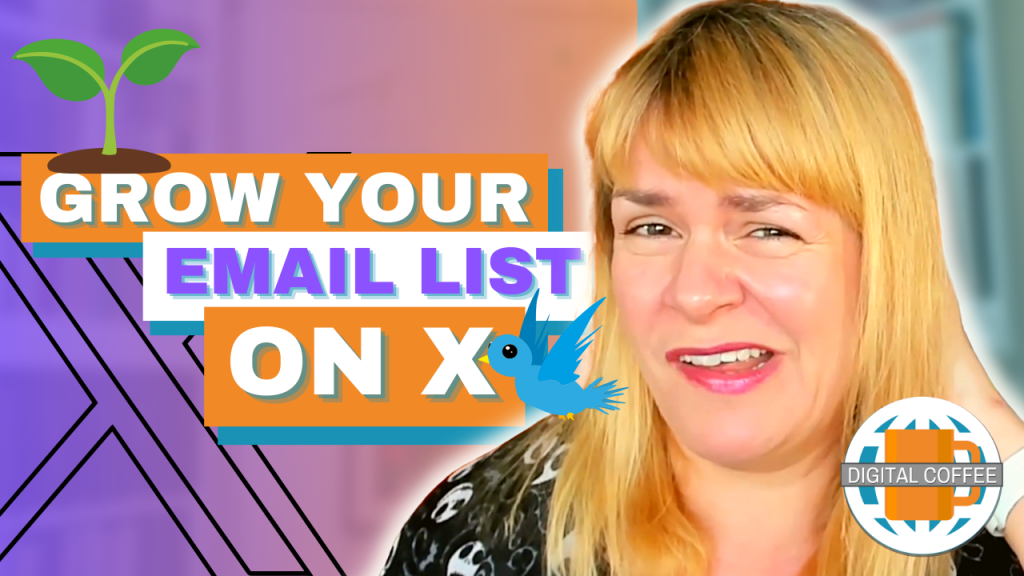I was passing through a Facebook page recently and a particular post caught my attention ‘This page is not your billboard’. I wondered what had sparked this comment. It wasn’t too long before I found out. I started finding people posting the Spiderworking.com Facebook wall, short comments like ‘hello from your latest fan’ and a link to their page. Some people were bolder posting what amounted to an advert for themselves on the page.
I have encouraged people to post on my wall in the past and many businesses do, sharing information, asking questions etc. and it is the lifeblood of a page to have these important engagements. However the short ‘hello look at my page’ post can most definitely be counted as spam .
On another occasion I noticed a page I liked had started posting ‘adverts’ or in this case links to their blog posts to many high profile Irish pages.
I don’t really blame the people who create these wall posts, there are unwritten rules of social media etiquette and they can be hard to navigate. In this specific example it is also a waste of time. Content posted on a pages wall by anyone other than the admins does not get shared to the newsfeed of the people who ‘Like’ that page. The only people you will reach with your post are those visiting the page (a small fraction of the people who Like the page) and the Admin so all you achieve at the end of the day is a few disgruntled admins.
Are you unsure if you’re spamming? If so here’s my quick guide:
What is spam?
The Google dictionary defines spam as “Irrelevant or inappropriate messages sent on the Internet to a large number of recipients” For the purpose of this blog post I’d widen that to unsolicited self promotional content posted on the Internet in a space not fit for that purpose. This could be a Facebook wall post, a comment on a blog, a discussion in a Linkedin group or a Twitter direct message. As a rule of thumb something that just promotes you with out adding value has the potential to be considered spam.
How do I know if I’m spamming?
I guess the key to knowing if a post is spam or not is asking yourself if you are adding value and is it relevant? Is your post purely promotional or are you asking a question or sharing information that the page owners will find useful?
If you’re leaving a comment on a blog is it well thought out? If you’re including a link is it relevant to the article?
If you’re posting a discussion to a Linkedin group is it it relevant, will it provoke interaction from others?
If you are sending a DM on Twitter is it personal or is it automated? Are you simply asking them to Like a page or read your blog?
Don’t panic!
If you’re guilty of any of these behaviours don’t panic, you can stop now, you can even delete posts you’ve made on others walls and go forward knowing that you’ve seen the error of your ways. Start providing value to pages and your community and your spamming days will soon be forgotten.
Are you tired of spam? Have you been spammed in any more creative ways that I’ve missed? I’d love to hear your comments below.








